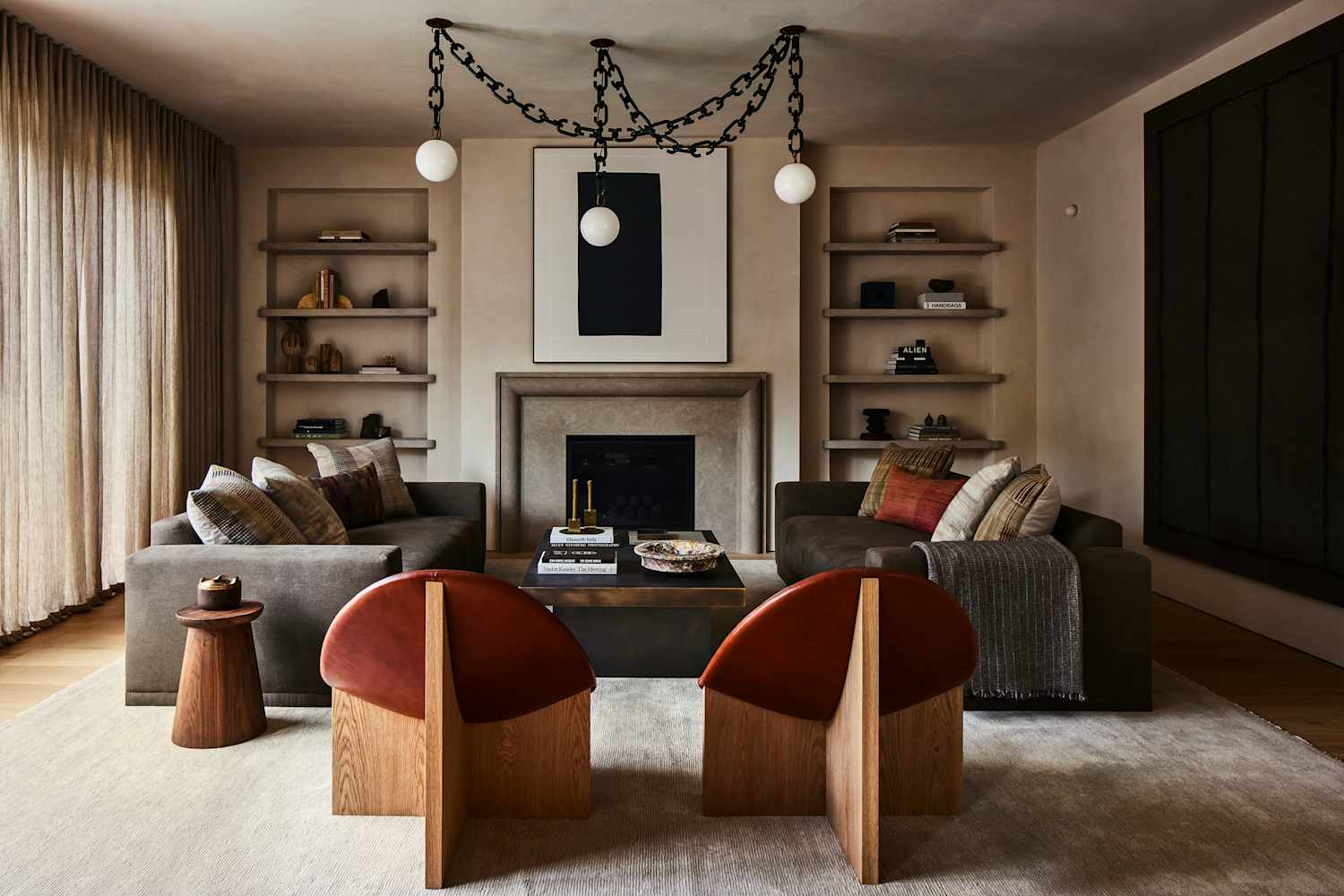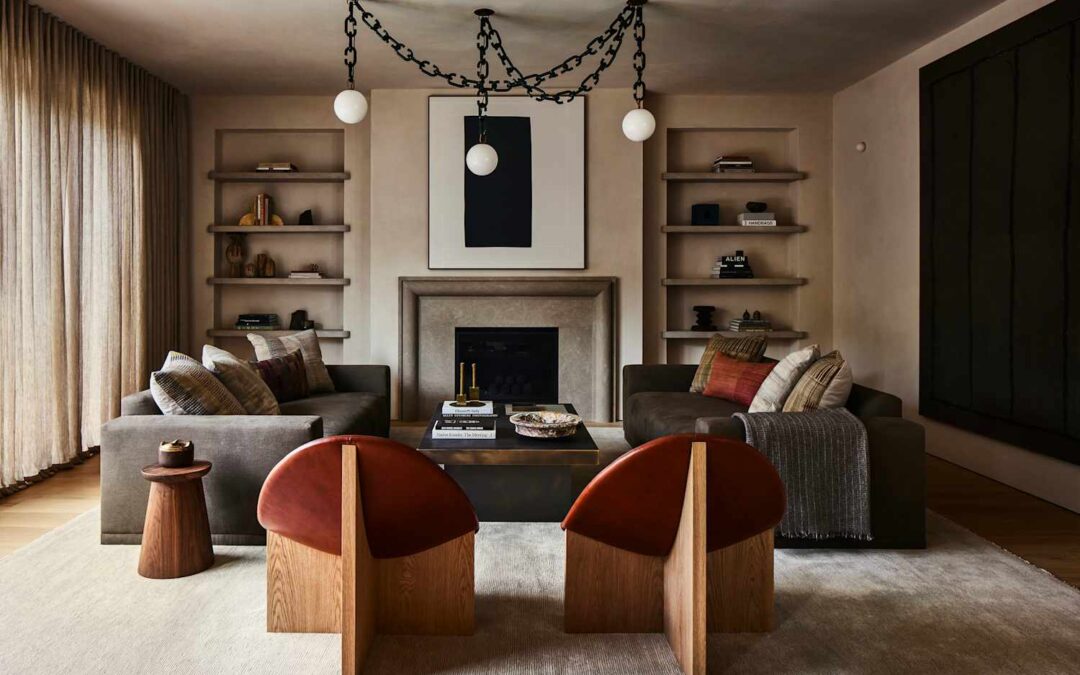
If it feels like “modern” is super broad when it comes to interior design, you won’t be surprised to learn that designers agree. Megan Pflug, founder and principal designer of Megan Pflug Designs, explains that the category can even be interpreted as two different things.
“With a capital M, it refers to the mid-century movement, with clean lines, metal, glass, and wood,” explains Pflug, referencing a design aesthetic that, while pinpointed to the 1940s through 1970s, is still active today. But, she adds, “In the broader sense, ‘modern’ often just means contemporary.”
That is the side of modern design that can evolve over time; at its core, it is often contemporary, clean, minimalist, and sometimes industrial-tinted. It was a rejection of the ornate, over-the-top, decorative styles that came before it. Modern interiors embrace a look that feels back-to-basics while also being incredibly intentional.
“Modern design is defined by clean lines, simple forms, and a minimalist style,” explains Jessica Nicastro, principal designer of Los Angeles-based Jessica Nicastro Design. “It focuses on functionality and avoids unnecessary details, while using neutral colors and natural materials to create a sleek, uncluttered look.”
Modern rooms are spaces where humans can feel at ease, undistracted by excess or maximalism. Miranda Cullen, owner and principal designer behind Denver-based design firm Inside Stories, adds: “Modern design strips away the unnecessary, letting function, space, and honest materials take center stage.”

